Nebraska by Bruce Springsteen
Buy Nebraska Bruce Springsteen‘s 1982 solo album Nebraska was an original “demo” that found unexpected life as a major label recording by a major label artist. The tracks for this sparsely-recorded album were […]
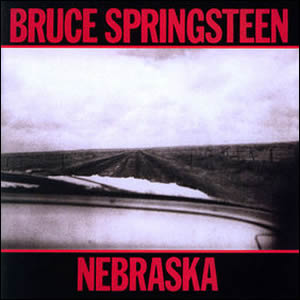
Buy Nebraska Bruce Springsteen‘s 1982 solo album Nebraska was an original “demo” that found unexpected life as a major label recording by a major label artist. The tracks for this sparsely-recorded album were […]
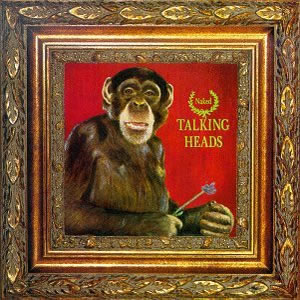
Buy Naked Talking Heads eighth and final album was Naked , released in 1988. The album was an attempt at a quasi-concept album which brings the listener to an ironically serene world following […]
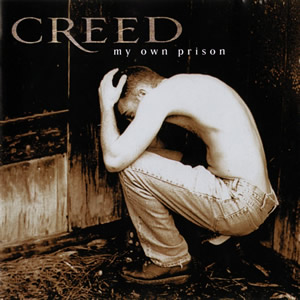
Buy My Own Prison Over the course of 100+ weeks on the album charts, Creed’s 1997 debut album, My Own Prison steadily grew from a small independent release to a multi-platinum blockbuster which […]

Buy Mutations For his sixth studio album, Beck and company decided to move in a decidedly non-commercial direction. The result is the lo-fi, psychedelic-oriented potpourri of Mutations. Released in late 1998, the songs on […]
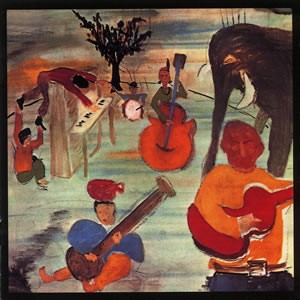
Buy Music From Big Pink After a decade of touring as a backing group for other artists, The Band released an incredible debut with Music from Big Pink in 1968. By blending their […]
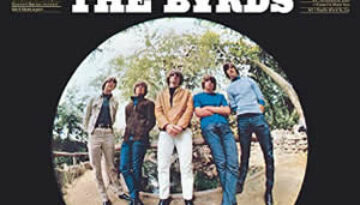
Buy Mr. Tambourine Man In mid 1965, The Byrds released a debut album comprised partially of contemporary folk covers, partially of original songs, and fully of their signature folk-rock sound. Mr. Tambourine Man […]
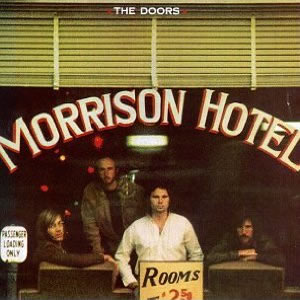
Buy Morrison Hotel Although its actual title has long been in dispute, Morrison Hotel turns out to be an aptly named album by The Doors. Lead vocalist Jim Morrison was involved in composing […]
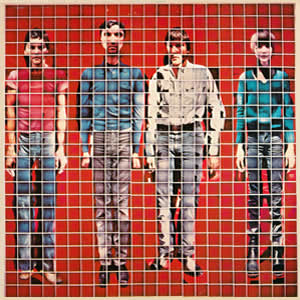
Buy More Songs About Buildings and Food The second album by Talking Heads, 1978’s More Songs About Buildings and Food got its sarcastic title by addressing the cliche of the “sophomore jinx” where […]
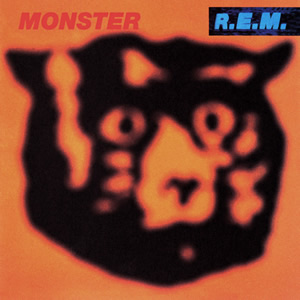
Buy Monster R.E.M. found great commercial success with their two early nineties releases, Out of Time and Automatic For the People. Still, the group made a concerted effort to rapidly evolve their sound […]
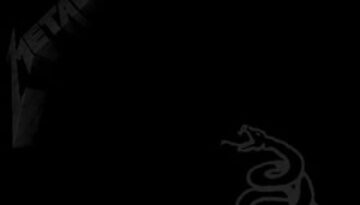
Buy Metallica After four studio albums and ever-building popularity in the 1980s, heavy metal band Metallica felt they were poised for their artistic breakthrough. During the summer of 1990, the band got together […]